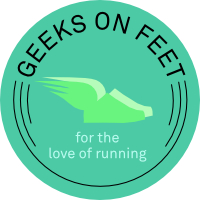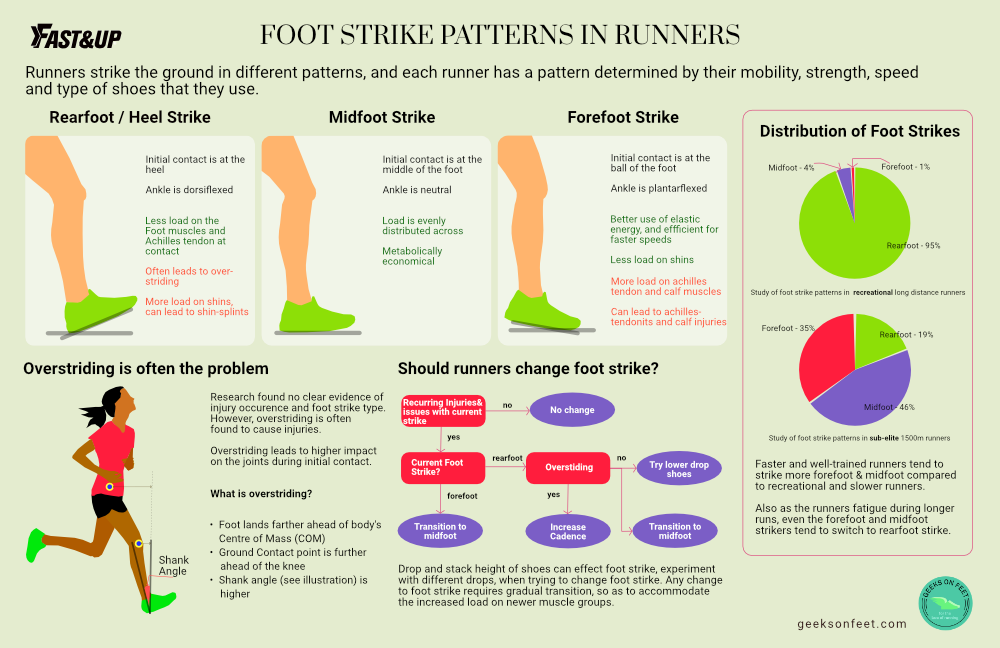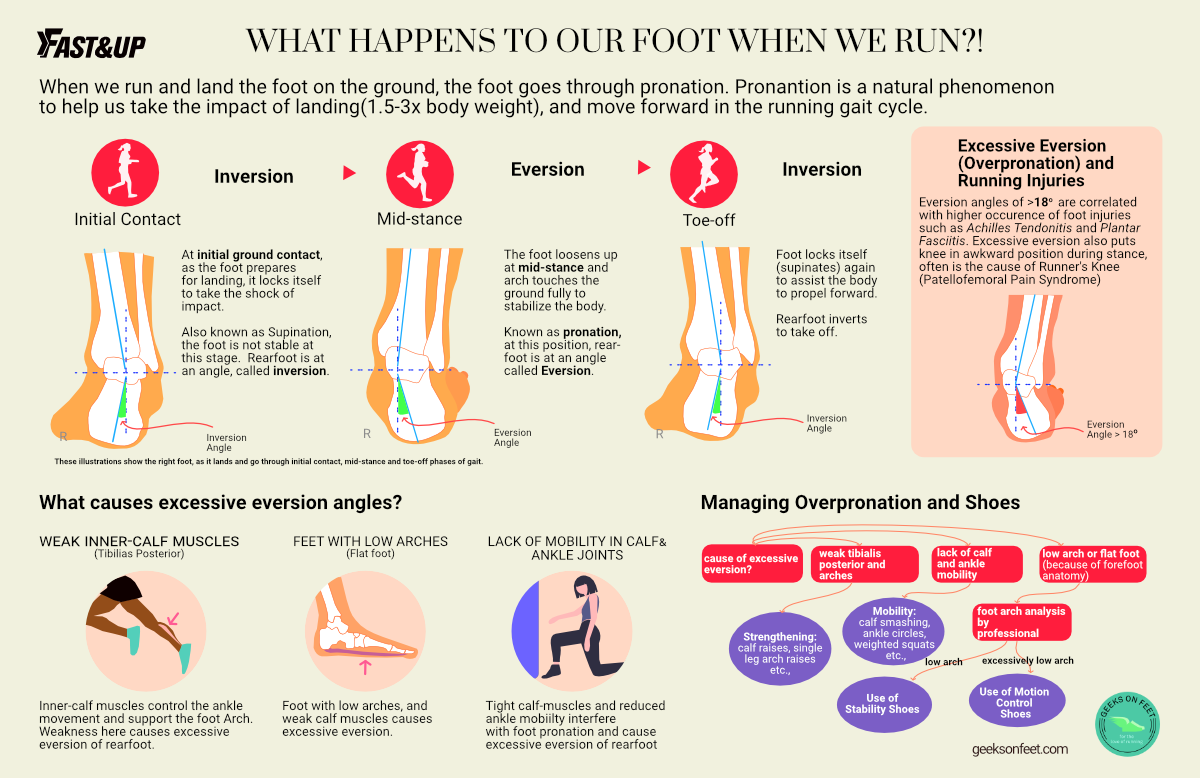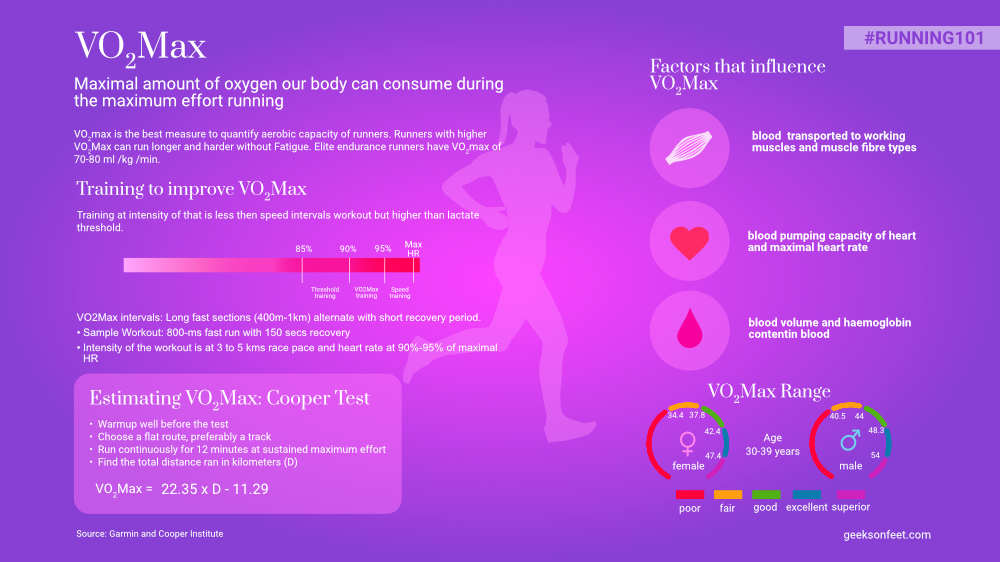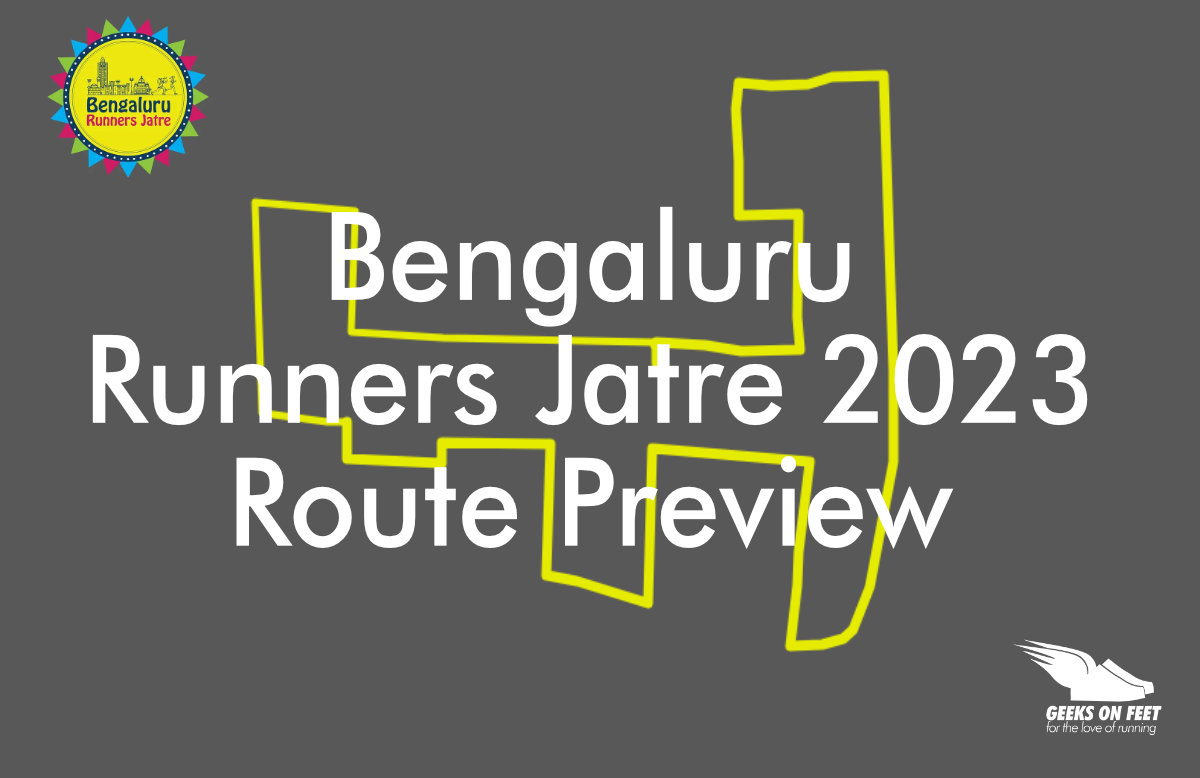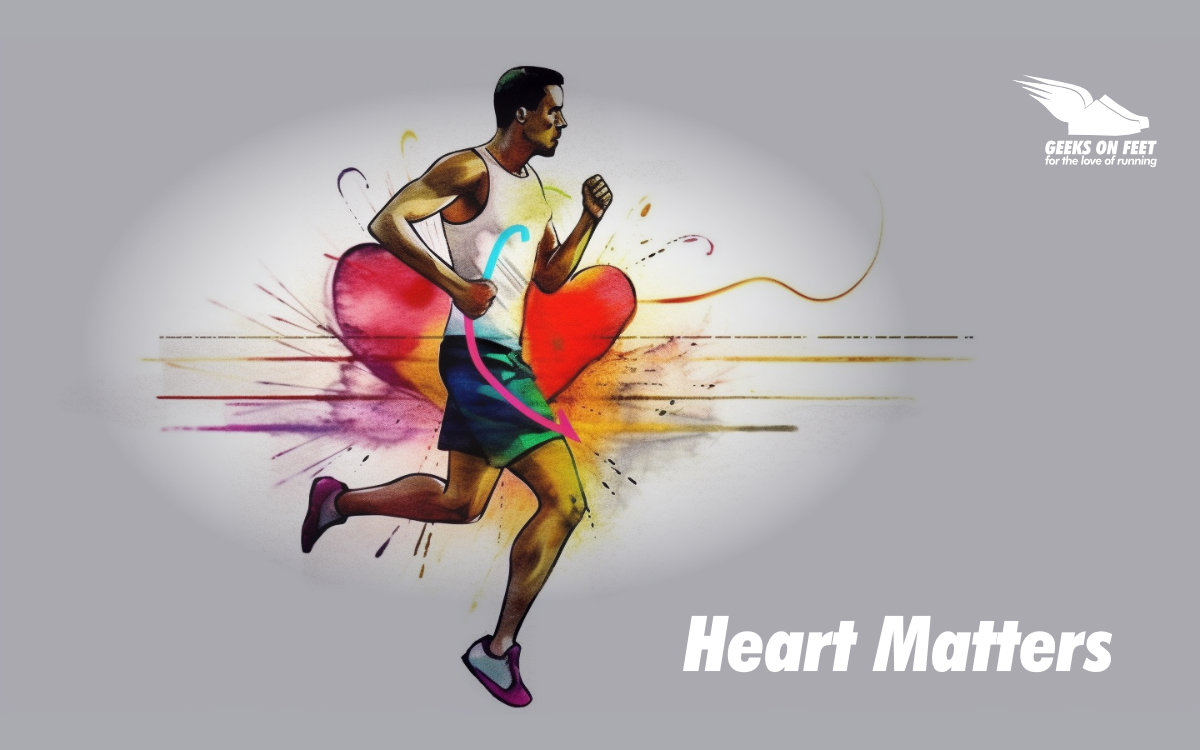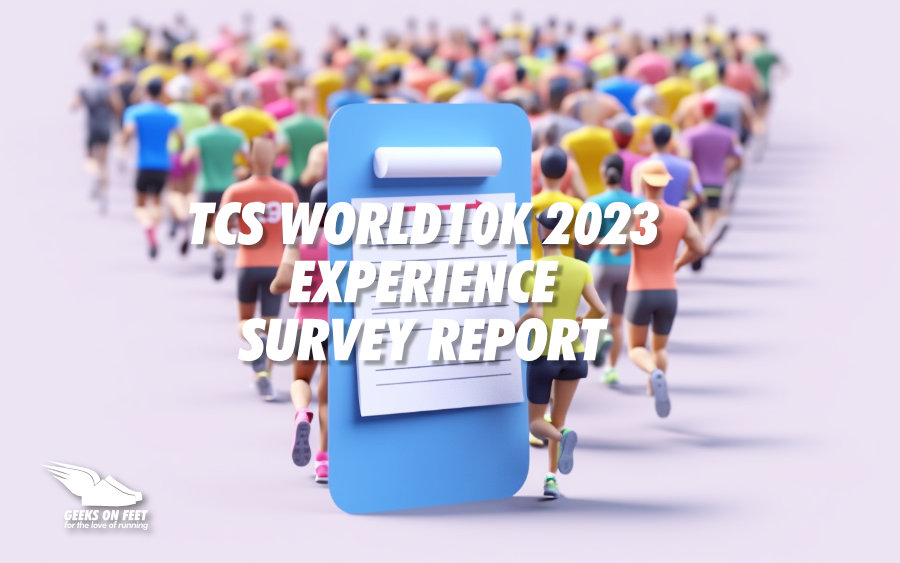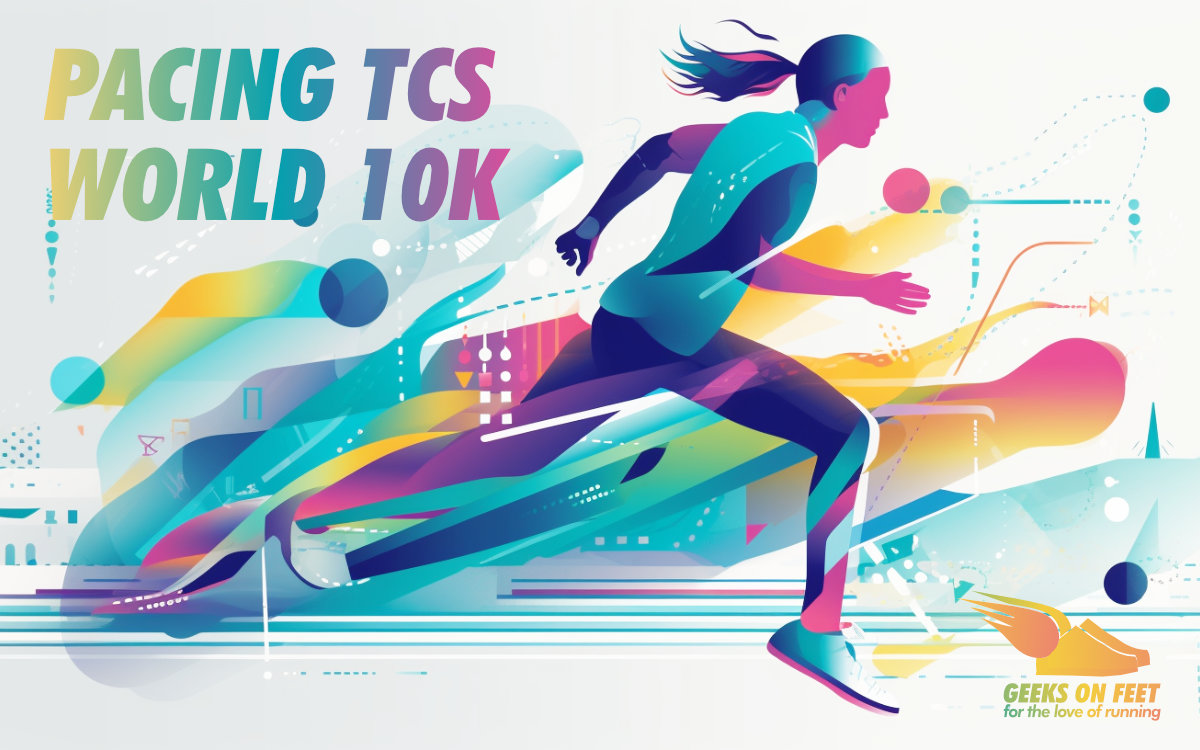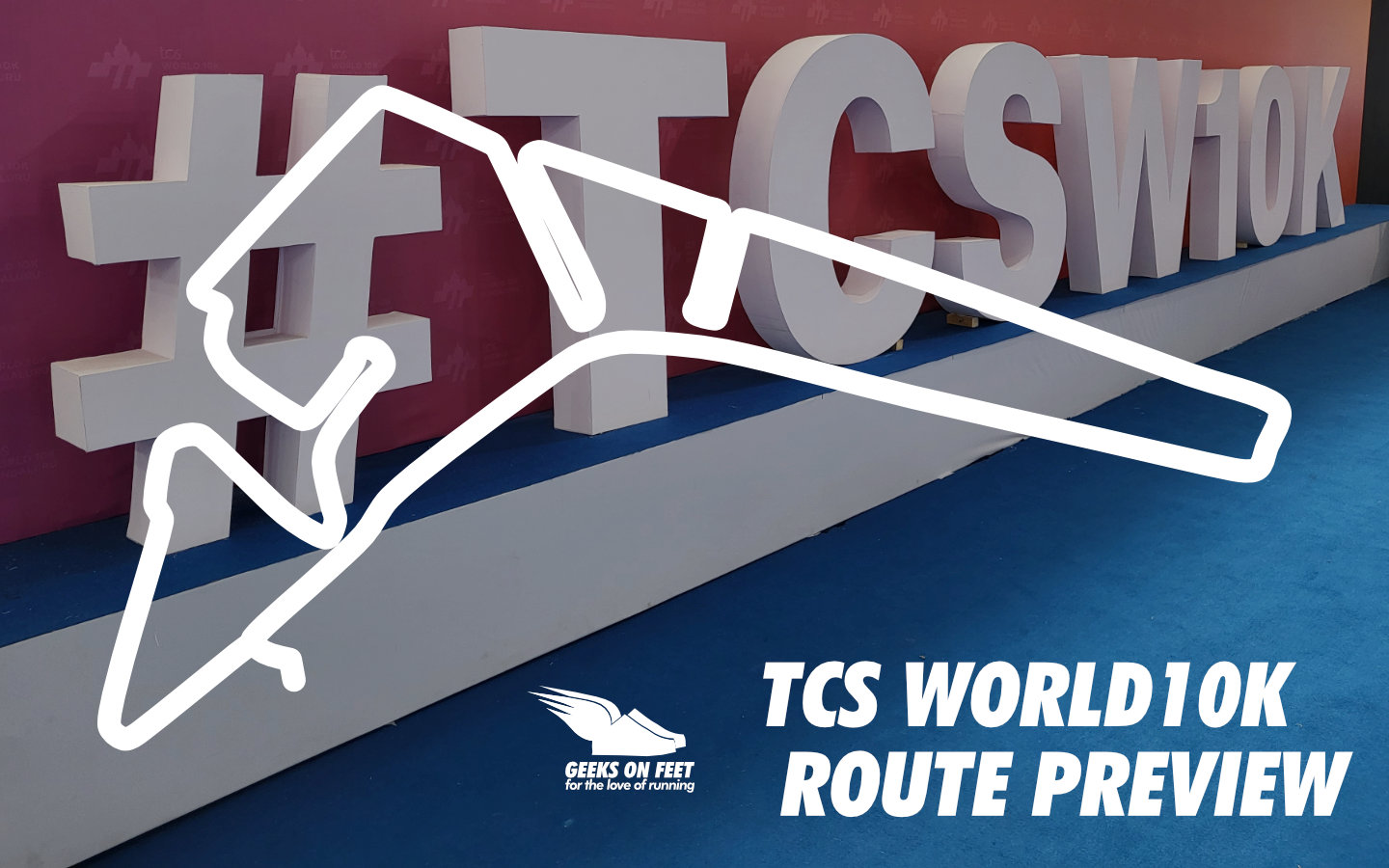GROUND CONTACT TIME (GCT)
Improving Running Efficiency with shorter Ground Contact Time
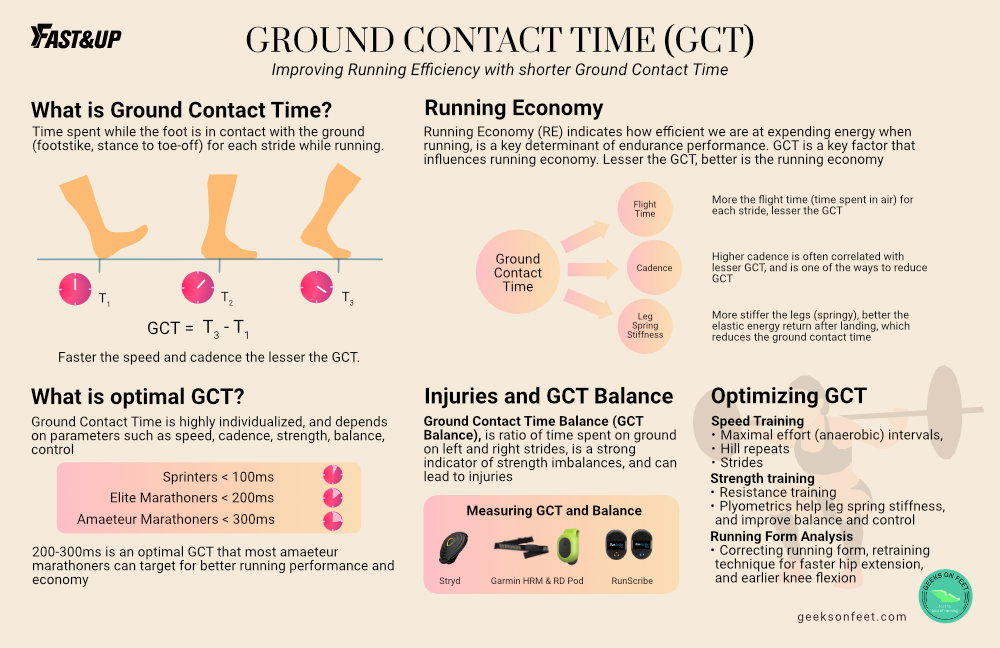
[Download high resolution graphic] (./../../img/2020/12/ground-contact-time-hd.png)
What is Ground Contact Time?
- GCT is the time spent while the foot is in contact with the ground (from footstike, stance to toe-off) for each stride while running.
- GCT is lower when running faster and when we run at higher cadence
- Lower GCT is generally associated with better running performance and running economy
Running Economy
Running Economy (RE) indicates how efficient we are at expending energy when running, is a key determinant of endurance performance. GCT is a key factor that influences running economy. Lesser the GCT, better is the running economy.
GCT is related to other indicators which are often referred as Running Dynamics.
- Flight Time: More the flight time (time spent in air) for each stride, lesser the GCT
- Cadence: Higher cadence is often correlated with lesser GCT, and is one of the ways to reduce GCT
- Leg Spring Stiffness: More stiffer the legs (springy), better the elastic energy return after landing, which reduces the ground contact time
What is optimal GCT?
Ground Contact Time is highly individualized, and depends on parameters such as speed, cadence, strength, balance, and control. Based on the speed and pace of running, the optimal ranges for GCT are as below.
- Sprinters < 100ms
- Elite marathoners < 200ms
- Amaeteur marathoners < 300ms
Injuries and GCT Balance
Ground Contact Time Balance (GCT Balance), is the ratio of time spent on ground on left and right strides, is a strong indicator of strength imbalances. The more skewed the GCT ratio is more the probability of injuries. Tracking and working on GCT balance is important to prevent injuries.
GCT and GCT balance can be measured using devices such as Stryd, Garmin HRM Tri, HRM Dual, RD Pod, RunScribe etc.,
Training to Optimize GCT
Speed Training
- Maximal effort (anaerobic) intervals,
- Hill repeats
- Strides
Strength Training
- Resistance training
- Plyometrics help leg spring stiffness, and improve balance and control
Running Form Analysis
- Correcting form issues
- Retraining running technique to help faster hip extension, and earlier knee flexion
Compiled by Team GeeksOnFeet for the love of running!
If you are a running enthusiast, follow us on our social media channels @geeksonfeet on Twitter, and GeeksOnFeet on Instagram and Facebook for updates. Also let us know what running topics you would like to read on.
